2023年 第38卷 第3期
2023, 38(3): 405-437.
doi: 10.1016/S1872-5805(23)60736-X
摘要:
2023, 38(3): 438-458.
doi: 10.1016/S1872-5805(23)60740-1
摘要:
2023, 38(3): 459-477.
doi: 10.1016/S1872-5805(23)60743-7
摘要:
2023, 38(3): 478-495.
doi: 10.1016/S1872-5805(23)60742-5
摘要:
2023, 38(3): 496-509.
doi: 10.1016/S1872-5805(23)60730-9
摘要:
2023, 38(3): 510-521.
doi: 10.1016/S1872-5805(23)60731-0
摘要:
2023, 38(3): 522-533.
doi: 10.1016/S1872-5805(23)60733-4
摘要:
2023, 38(3): 534-542.
doi: 10.1016/S1872-5805(23)60737-1
摘要:
2023, 38(3): 543-554.
doi: 10.1016/S1872-5805(23)60726-7
摘要:
2023, 38(3): 555-565.
doi: 10.1016/S1872-5805(23)60723-1
摘要:
2023, 38(3): 566-575.
doi: 10.1016/S1872-5805(23)60738-3
摘要:
2023, 38(3): 576-582.
doi: 10.1016/S1872-5805(23)60727-9
摘要:



 摘要
摘要 HTML
HTML PDF
PDF
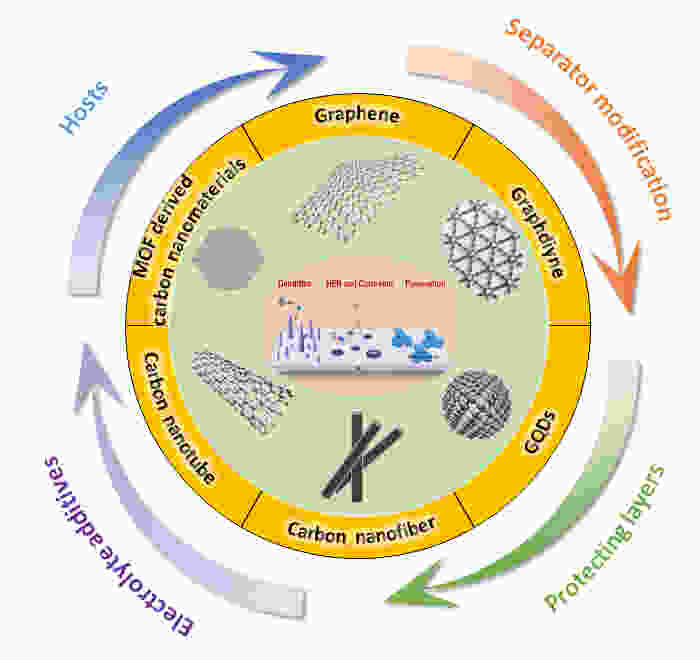
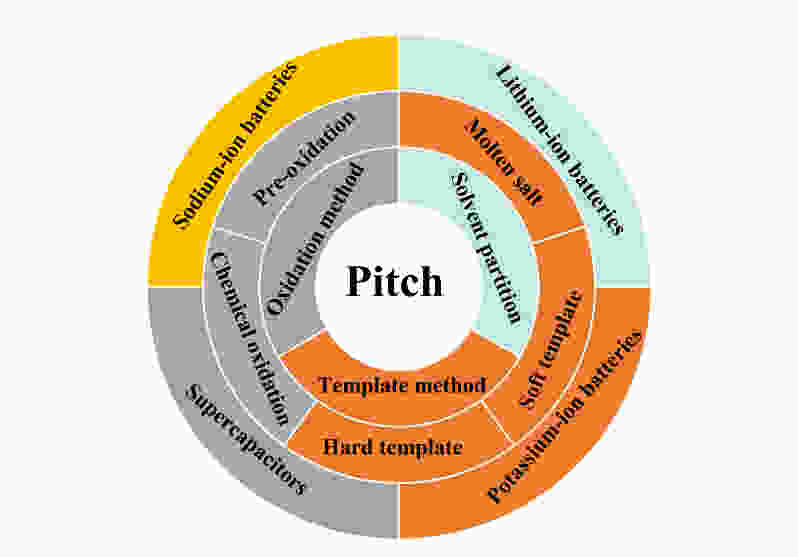
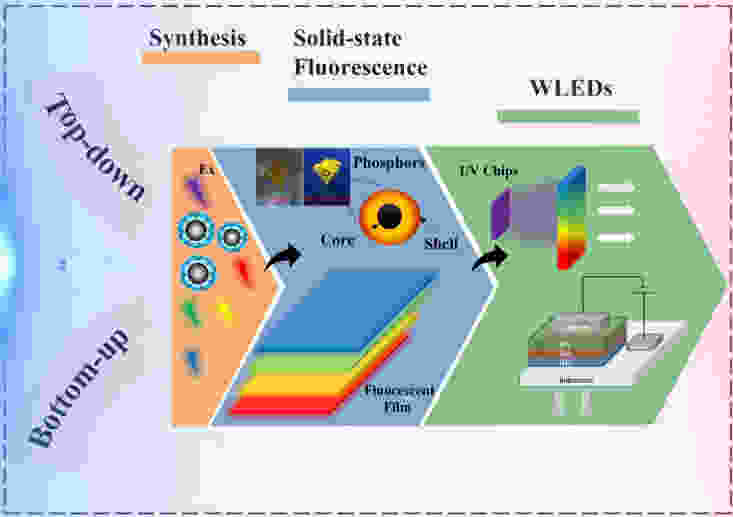
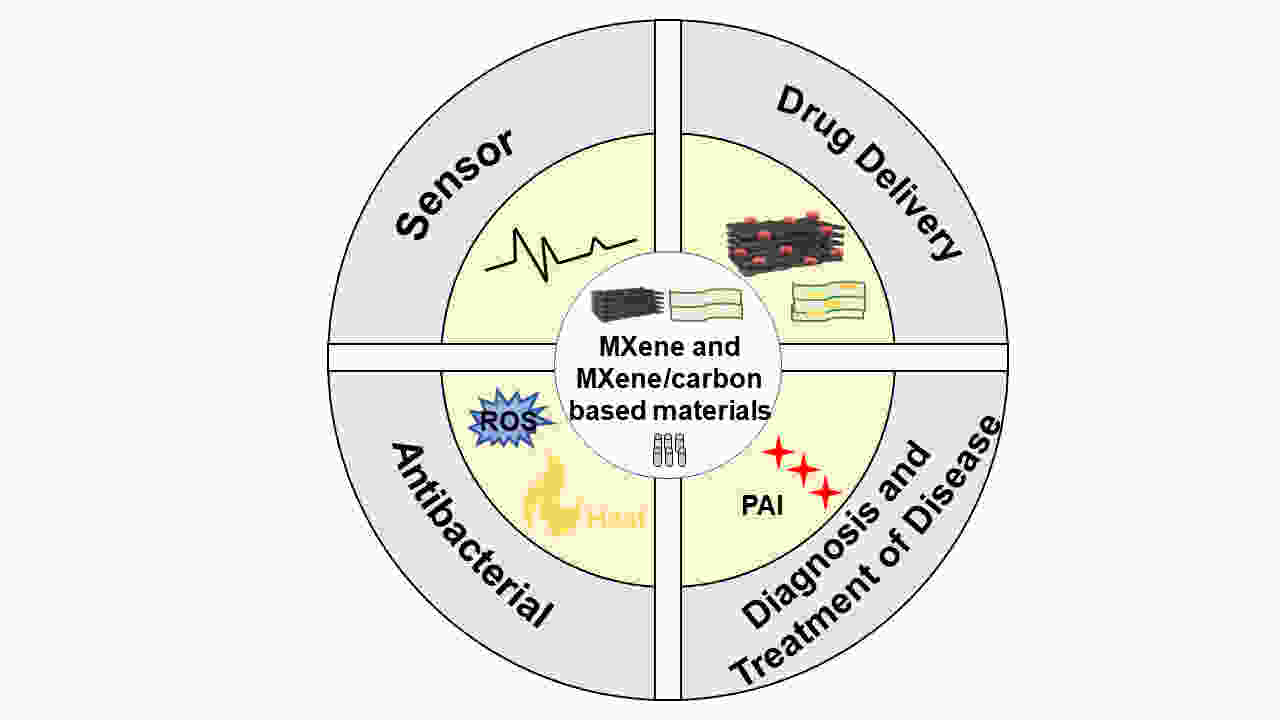

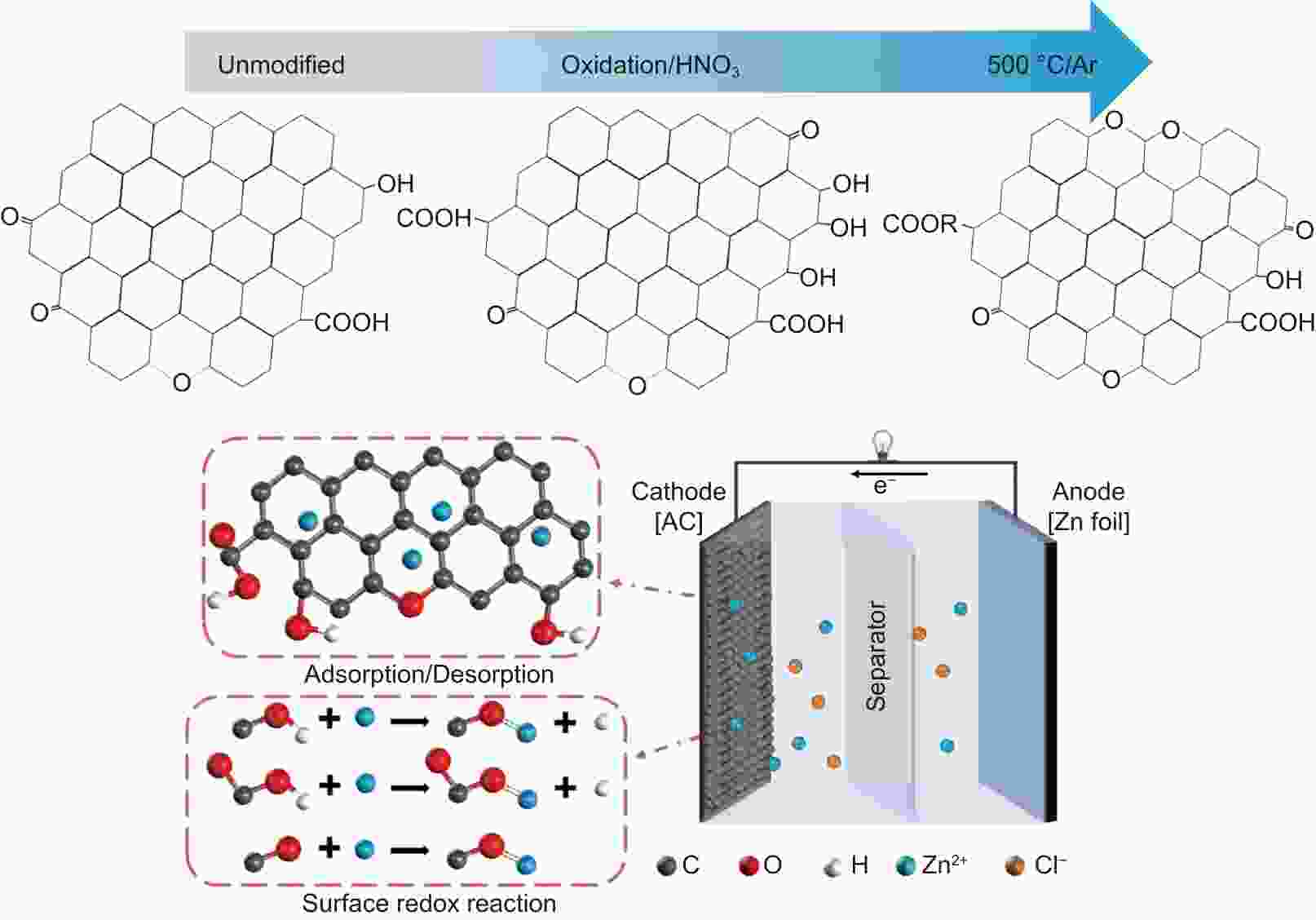
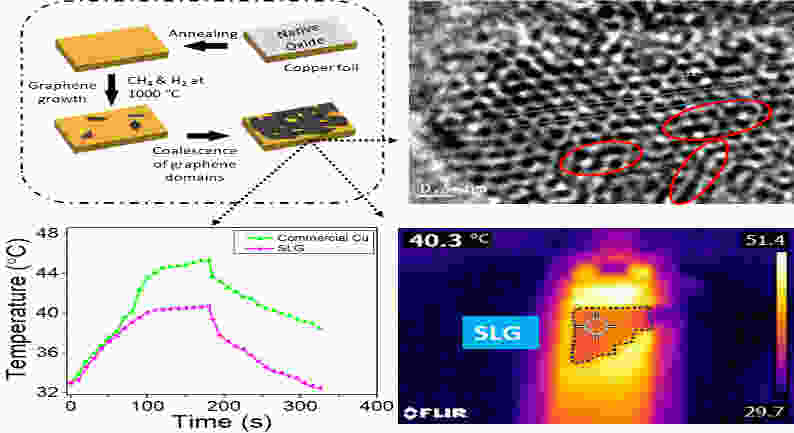

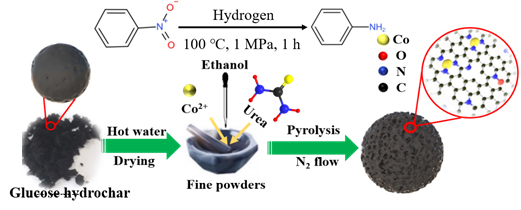
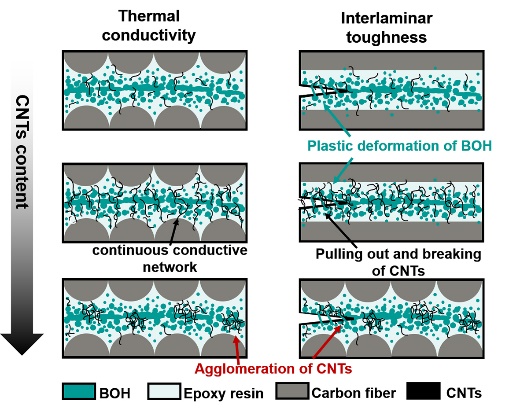
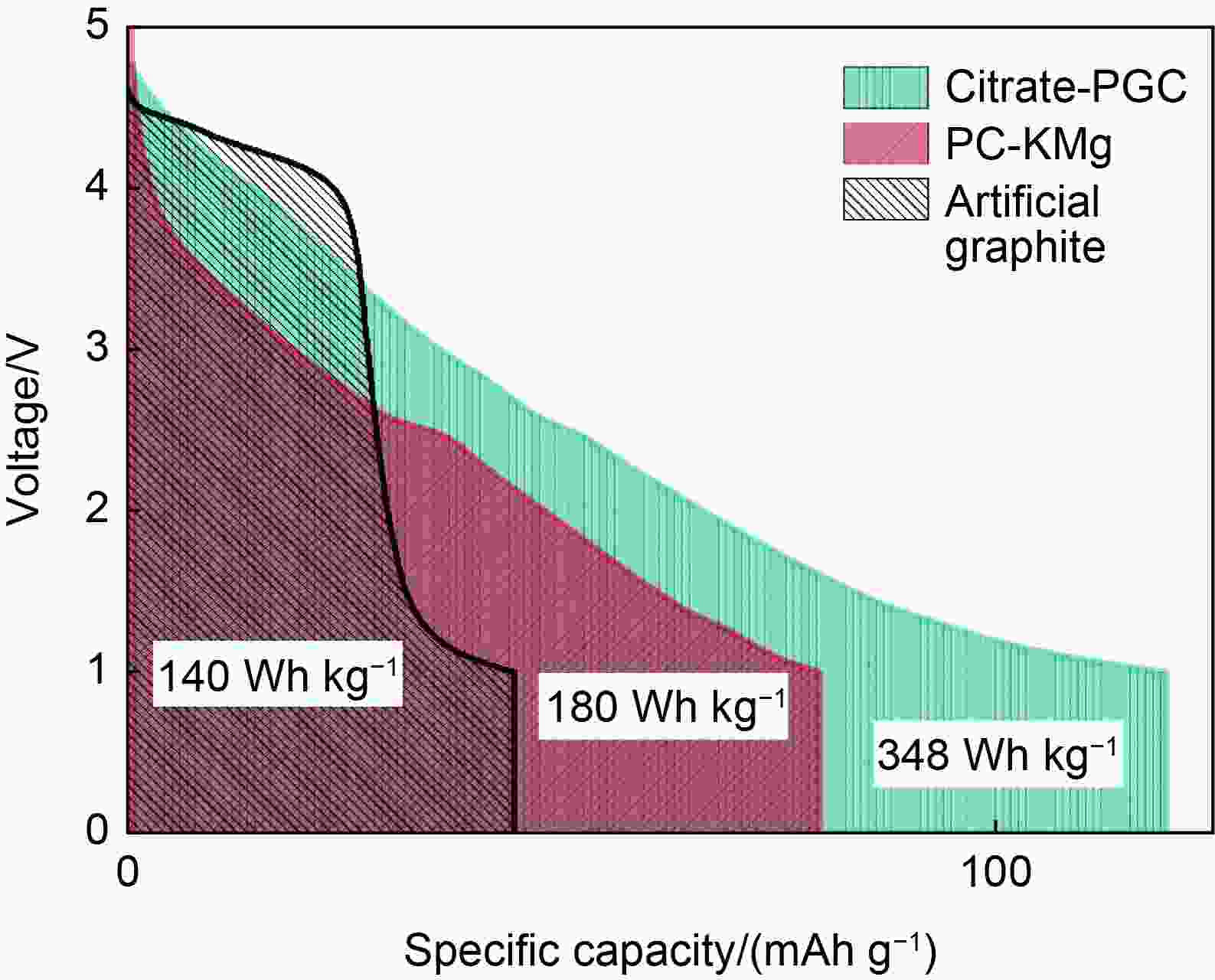
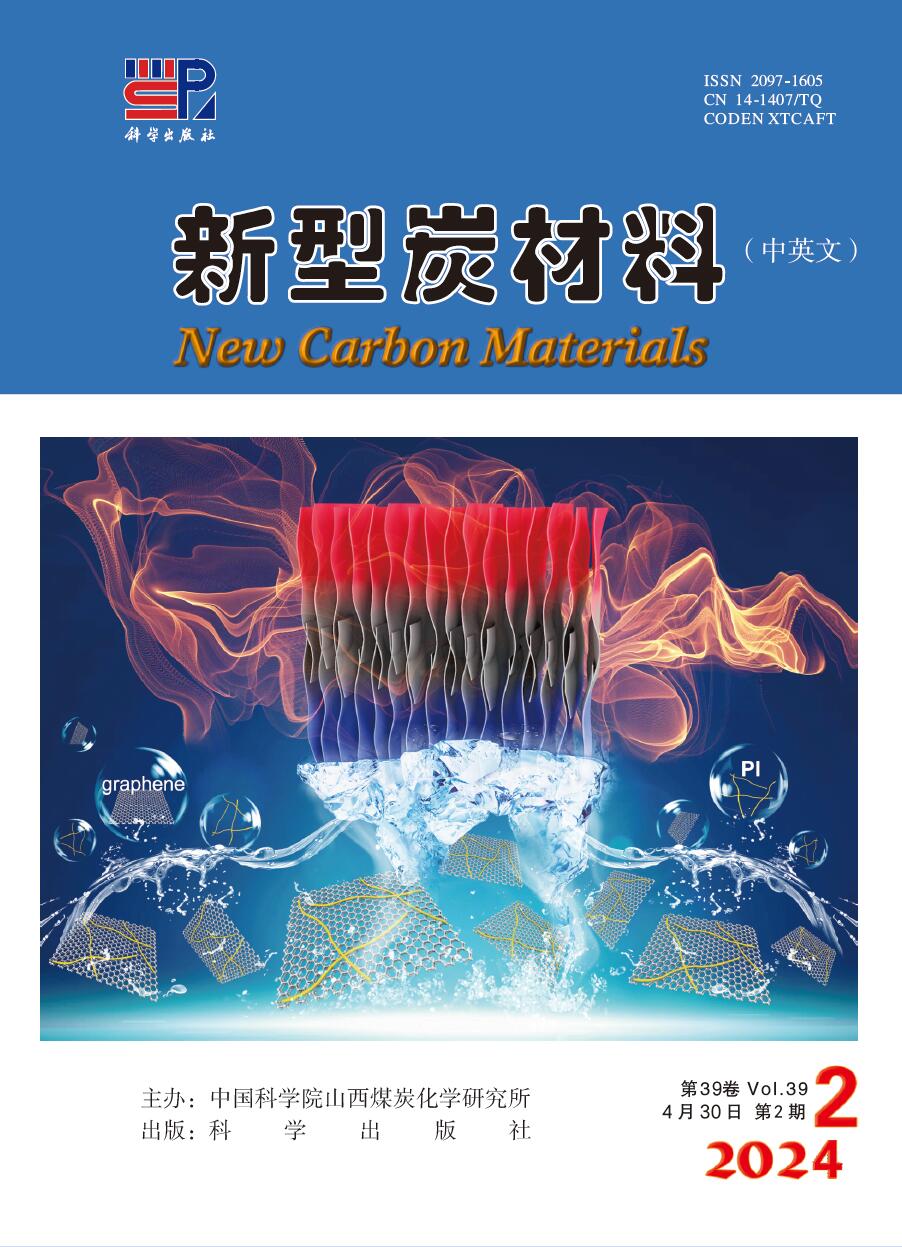

 虚拟专题
虚拟专题

 邮件订阅
邮件订阅 RSS
RSS 下载中心
下载中心 友情链接
友情链接

